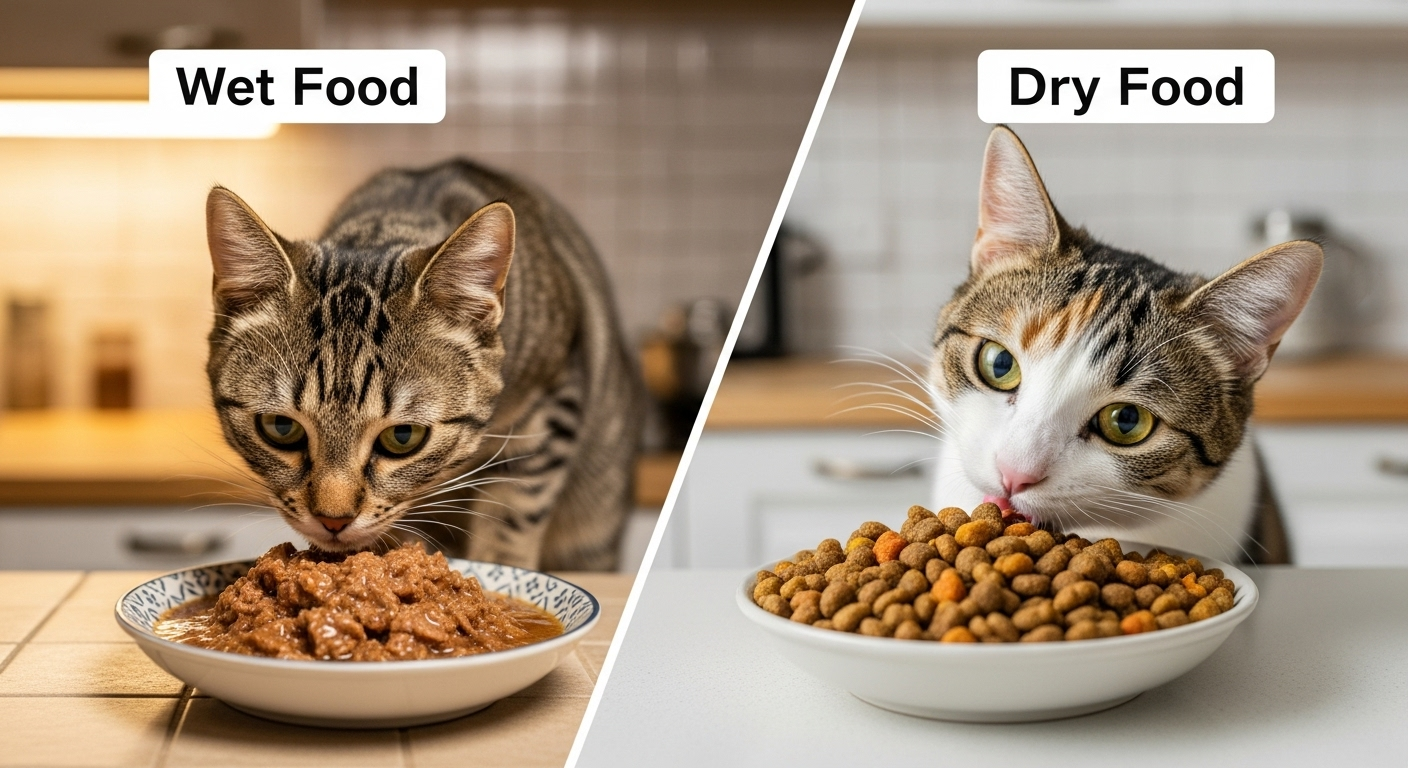Choosing the right food for your cat can feel overwhelming with so many options available. Wet and dry cat foods each have their benefits and drawbacks, and understanding which one works best depends on your cat’s needs. In this guide, we’ll explore the pros and cons of both wet and dry food, along with practical tips to help you make the best decision.
I. A Personal Story: How I Found the Right Balance for My Cat
When I first adopted Milo, my playful tabby, I had no idea what type of food would suit him. I tried dry kibble at first, but Milo seemed to ignore his water bowl and was constantly begging for more. A vet visit revealed mild dehydration, so I switched to wet food. However, wet food alone got messy—and Milo’s dental hygiene suffered. Finally, I found the perfect solution: a combination of wet and dry food. Milo gets wet food in the morning and dry food in the evening, and since then, he’s been healthier, happier, and much better hydrated!
II. Wet Cat Food: The Benefits and Drawbacks
Wet food is known for its high moisture content, which can help keep your cat hydrated, especially if they don’t drink much water on their own.
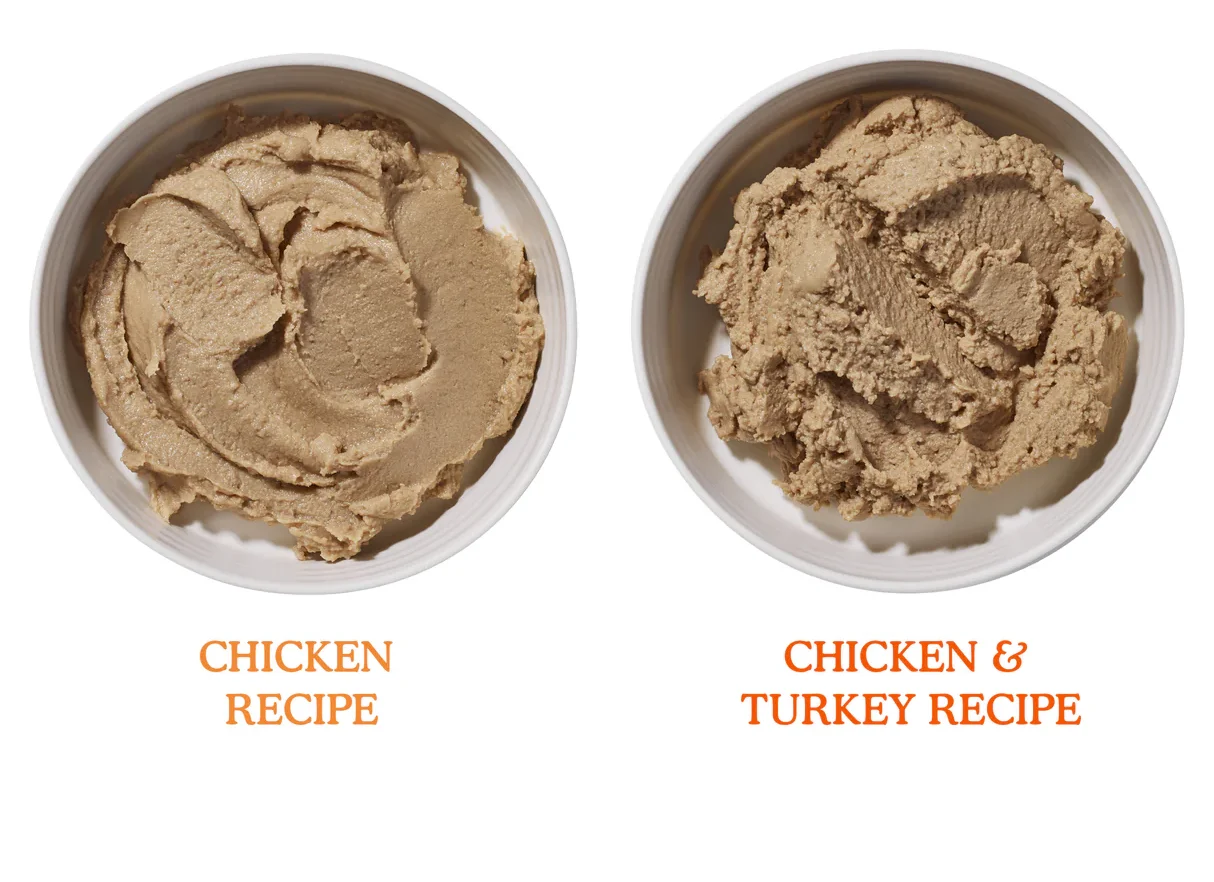
Pros of Wet Cat Food
- Hydration: Contains up to 70-80% water, helping prevent urinary and kidney issues.
- Highly Palatable: Cats love the taste and texture of wet food.
- Easier on Digestion: Ideal for cats with sensitive stomachs or dental issues.
Cons of Wet Cat Food
- Costly: Wet food tends to be more expensive than dry kibble.
- Short Shelf Life: Must be refrigerated and consumed quickly after opening.
- Messy: Can create spills or leave food stuck to your cat’s face and whiskers.
III. Dry Cat Food: The Benefits and Drawbacks
Dry cat food (kibble) is convenient and can help maintain your cat’s dental health. Many cats love the crunchy texture, which provides mental stimulation through chewing.
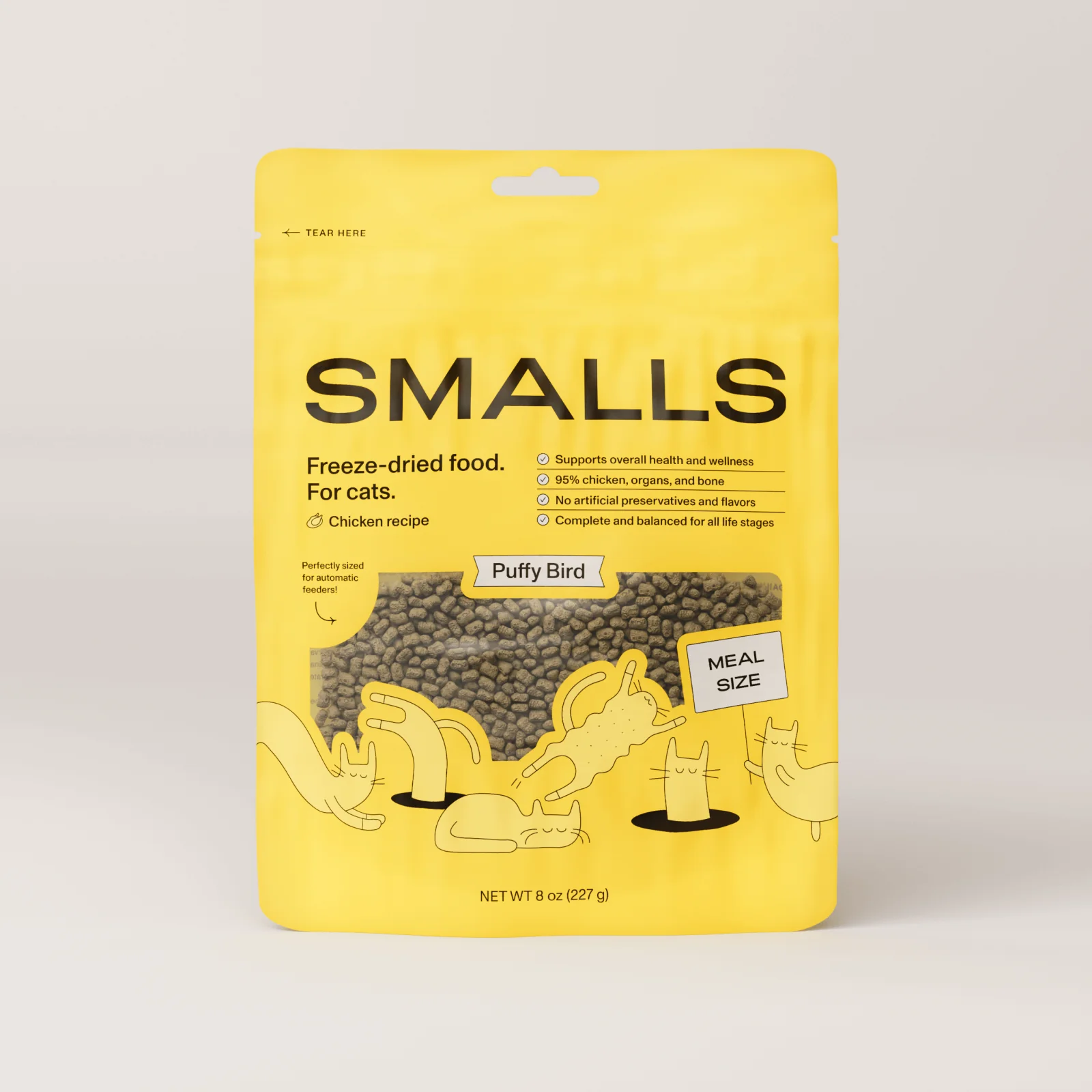
Pros of Dry Cat Food
- Convenience: Easy to store and measure, with a long shelf life.
- Dental Health Benefits: Chewing kibble helps reduce tartar buildup.
- Budget-Friendly: More affordable than wet food in the long run.
Cons of Dry Cat Food
- Lower Moisture Content: Only contains around 10% water, which can lead to dehydration if your cat doesn’t drink enough water.
- High in Carbohydrates: Some dry foods contain fillers that may lead to weight gain.
- Picky Eaters May Resist: Some cats prefer the richer flavor of wet food.
IV. Checklist: How to Choose the Right Food for Your Cat
Use this checklist to help you decide which type of food works best for your furry friend:
✅ Age and Life Stage: Does your cat need food for kittens, adults, or seniors?
✅ Health Needs: Does your cat have any health conditions (like urinary issues) that require wet food?
✅ Dental Health: Is your cat prone to dental problems that could benefit from dry kibble?
✅ Hydration: Does your cat drink enough water, or would they benefit from wet food’s moisture?
✅ Budget: Can you afford wet food daily, or would a combination of both foods work better?
✅ Storage: Do you have space to refrigerate opened cans of wet food?
✅ Feeding Habits: Does your cat prefer grazing throughout the day (ideal for dry food) or mealtimes (better for wet food)?
V. Combining Wet and Dry Cat Food: Best of Both Worlds
For many cat owners, a mixed feeding routine works best. Offering a combination of wet and dry food gives your cat the benefits of both—hydration, variety, and dental health.
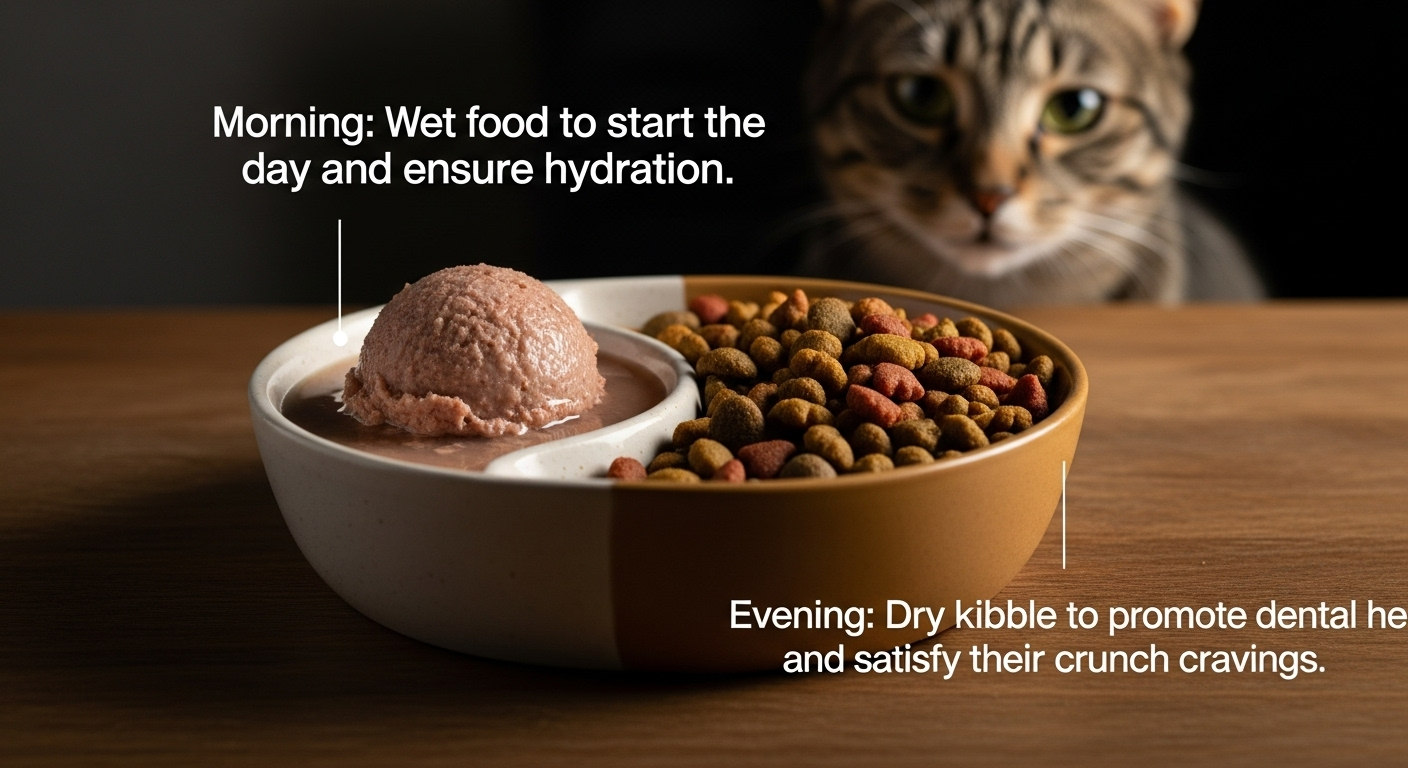
Here’s an example of a mixed feeding schedule:
- Morning: Wet food to start the day and ensure hydration.
- Evening: Dry kibble to promote dental health and satisfy their crunch cravings.
A mixed routine can also prevent boredom and encourage your cat to eat a balanced diet.
VI. How Much to Feed Your Cat?
The amount of food your cat needs depends on their age, size, and activity level. Always follow the feeding guidelines on the food packaging and consult your vet for personalized recommendations.
- Kittens: Need frequent small meals throughout the day.
- Adult Cats: Typically require two meals per day.
- Senior Cats: May need softer food if they have dental issues or a reduced appetite.
VII. Health Considerations: What to Watch Out For
Different cats have different needs, and both wet and dry foods can impact their health in unique ways. Here are some health considerations to keep in mind:
1. Hydration and Urinary Health
Cats that eat mostly dry food need to drink plenty of water to avoid urinary problems. If your cat doesn’t drink much, incorporating wet food can help maintain hydration.
2. Weight Control
Dry food can be high in calories, so it’s important to measure portions carefully to avoid overfeeding. Wet food can make portion control easier, but it’s essential to monitor your cat’s weight and adjust their diet as needed.
3. Dental Health
Chewing dry kibble can help reduce plaque and tartar, supporting better oral hygiene. However, some cats may still require regular dental care from the vet, regardless of their diet.
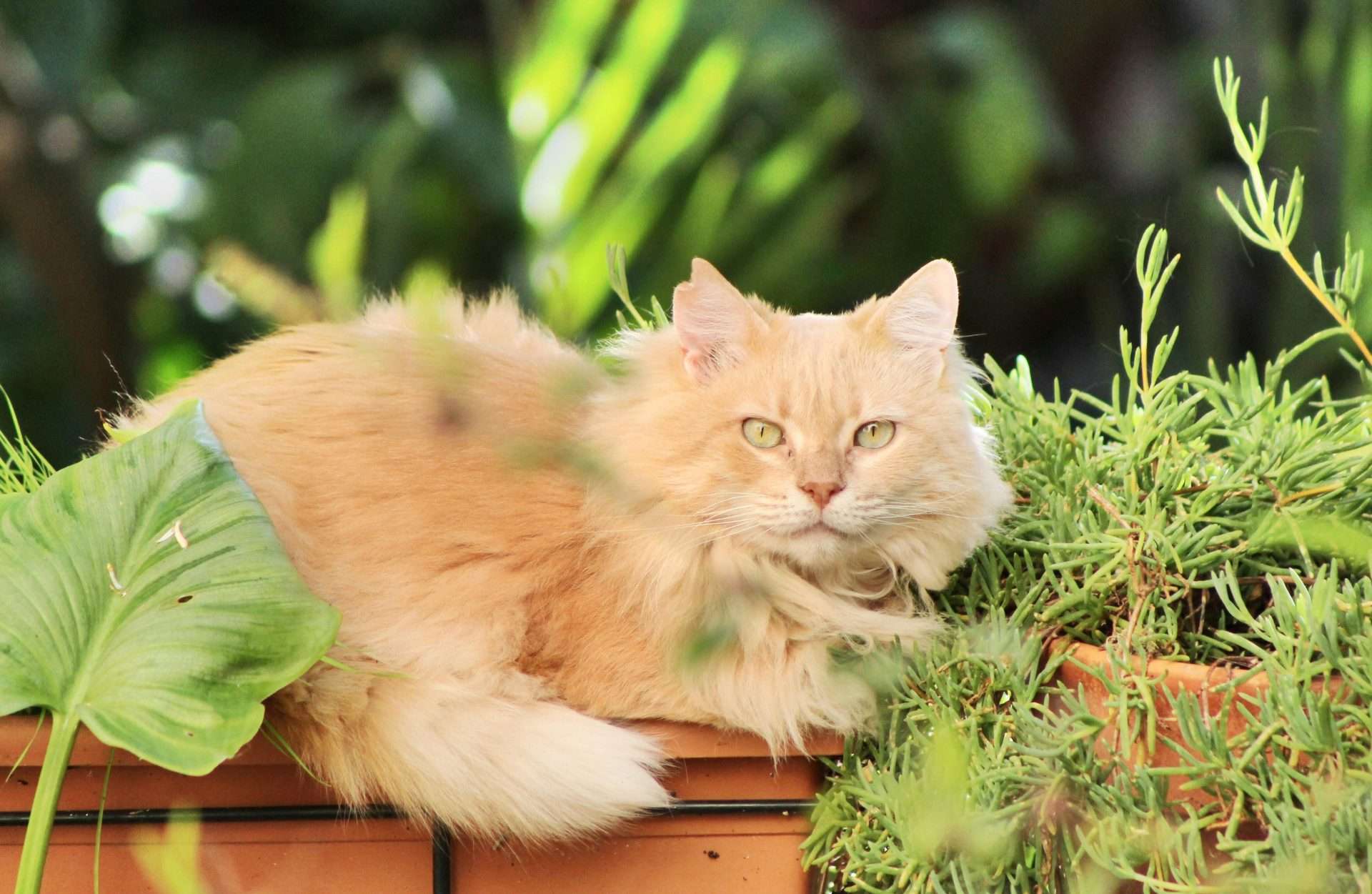
VIII. How to Transition Between Foods
If you decide to switch your cat’s food—from wet to dry or vice versa—it’s important to do so gradually. A sudden change can upset your cat’s stomach. Follow these steps for a smooth transition:
- Start Slowly: Mix a small amount of the new food with the old food.
- Increase Gradually: Over the course of 7-10 days, increase the new food while reducing the old one.
- Monitor Your Cat: Watch for signs of digestive upset, such as vomiting or diarrhea, and slow the transition if needed.
IX. Budget Considerations: What to Expect
Wet food is typically more expensive than dry food, especially if you feed it exclusively. A combination of wet and dry food can help manage costs while still providing the benefits of both. Keep in mind that higher-quality foods may cost more upfront but can lead to fewer health problems in the long run, potentially saving you money on vet bills.
X. Conclusion: Finding the Best Option for Your Cat
Every cat is unique, and the best diet depends on their individual needs and preferences. Wet food provides essential hydration and is ideal for picky eaters, while dry food offers convenience and dental benefits. For many cat owners, a combination of both is the perfect solution.
Whether you choose wet food, dry food, or a mix, the most important thing is to monitor your cat’s health and happiness. Pay attention to their behavior, energy levels, and weight to ensure you’re meeting their nutritional needs. Just like I learned with Milo, finding the right food may take some trial and error—but your cat will thank you for it in the end!
Wet vs Dry Cat Food FAQs
Wet food is superior for hydration and urinary health due to high water content (70-80%). Dry food is better for dental health, convenience, and affordability. Experts often recommend a mix of both to balance health benefits and budget.
Yes, mixing both offers the best balance. It provides wet food’s moisture for kidney health and dry kibble’s crunchy texture for dental maintenance. A common schedule is serving wet food in the morning and dry food at night.
Yes, chewing dry kibble helps mechanically reduce plaque and tartar buildup. However, while it supports oral hygiene, it does not replace the need for regular veterinary dental check-ups or brushing.
Switch foods gradually over 7 to 10 days to avoid digestive upset. Start by mixing a small amount of the new food with the old, slowly increasing the new portion daily while monitoring your cat for vomiting or diarrhea.
Wet food is vital for hydration, containing up to 80% water. It helps prevent kidney and urinary tract issues, especially in cats with low thirst drives, and is highly palatable for picky eaters or cats with dental pain.

